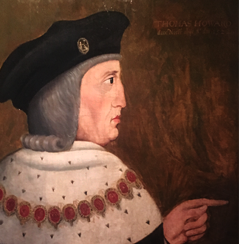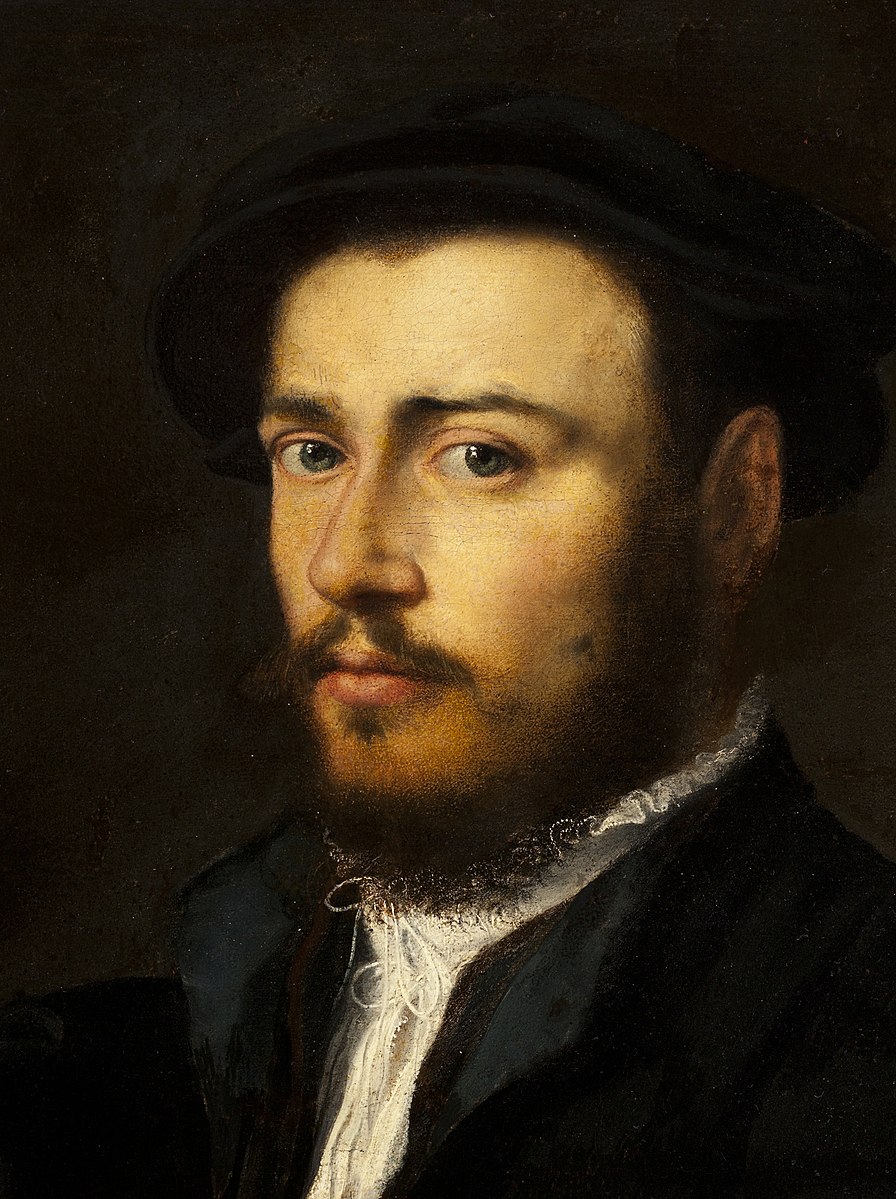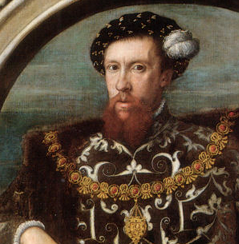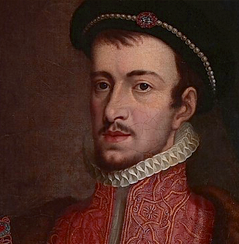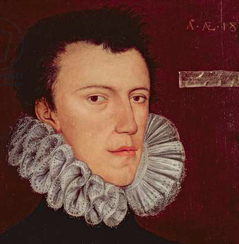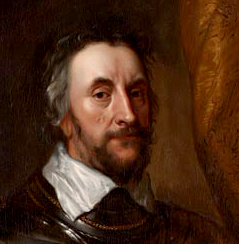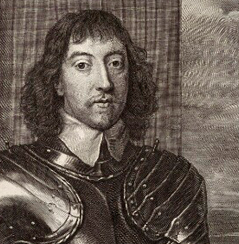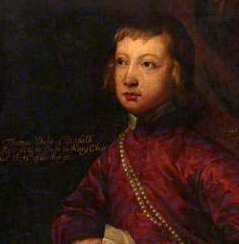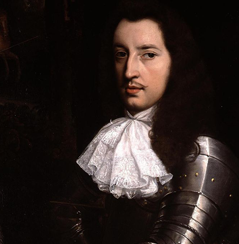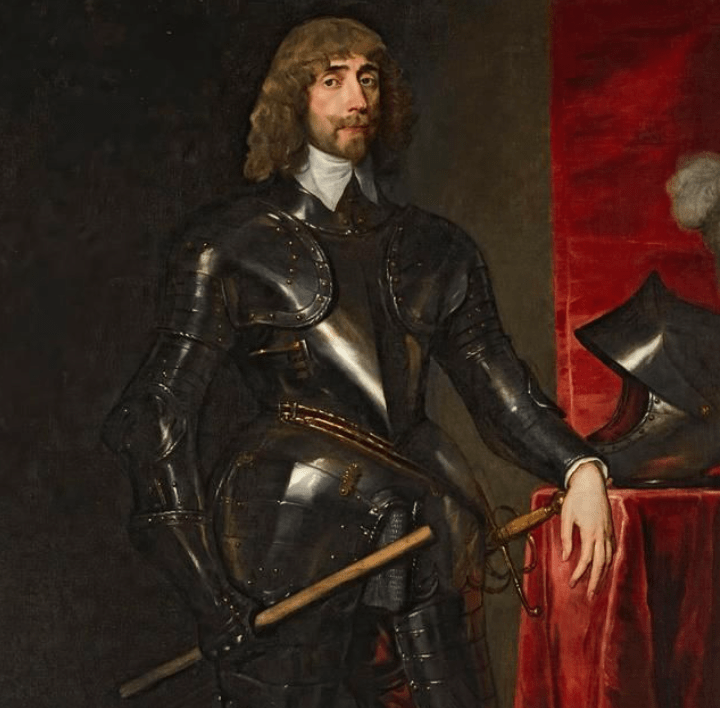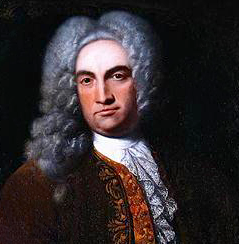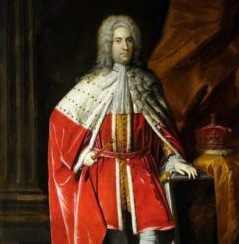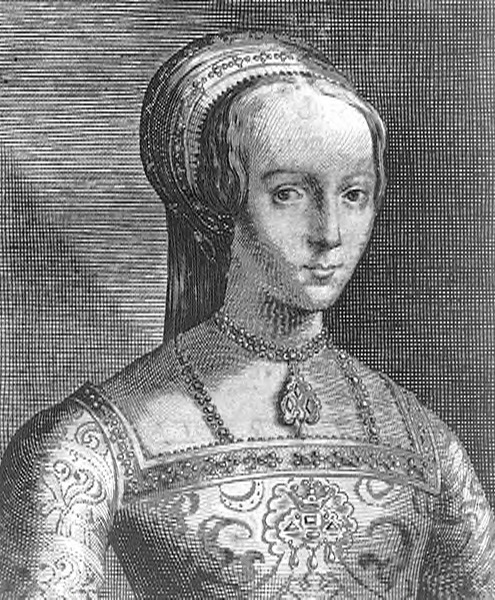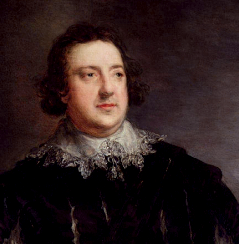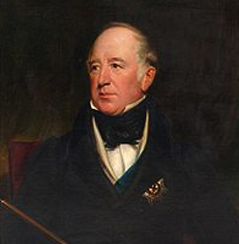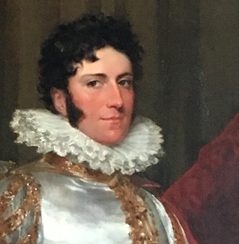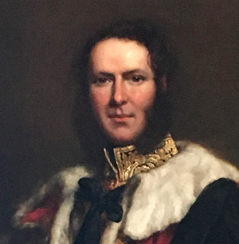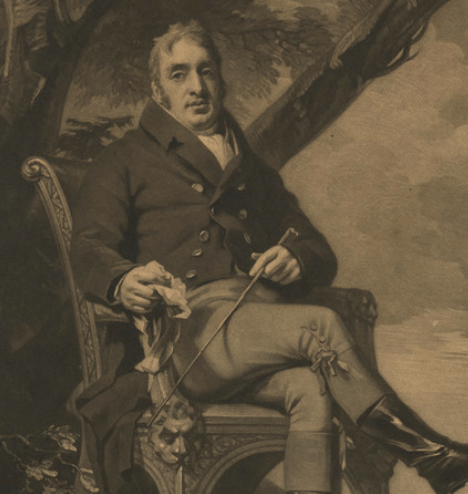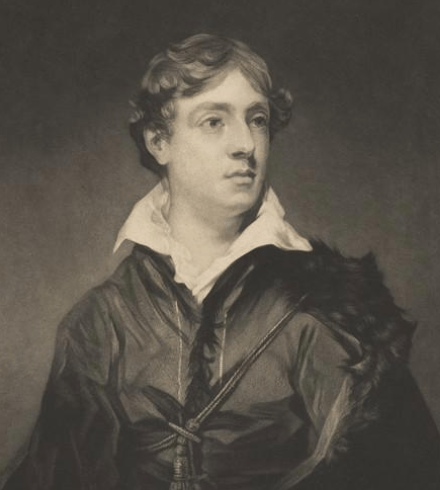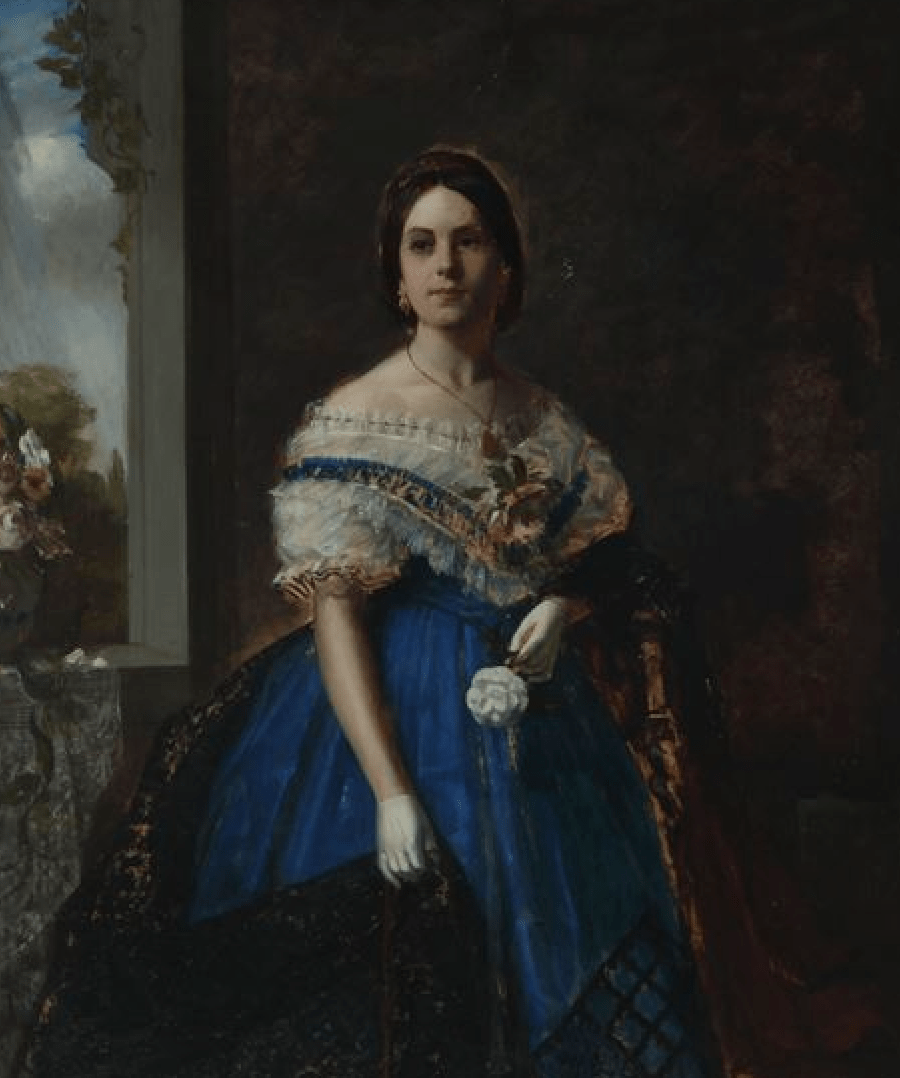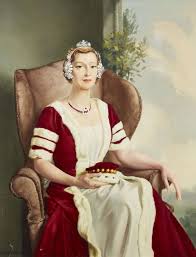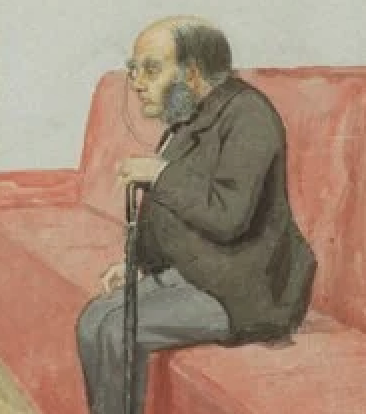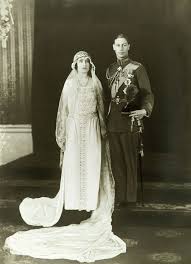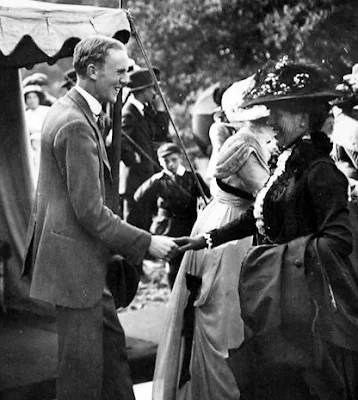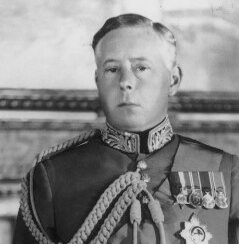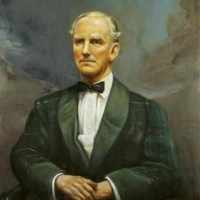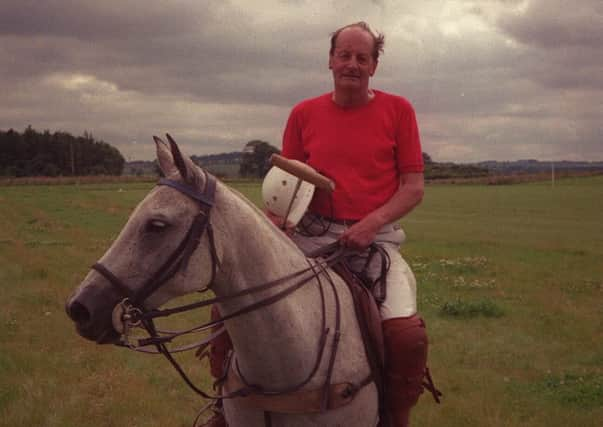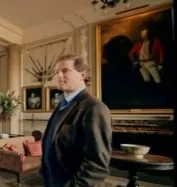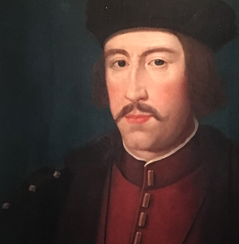
The Pirate
"Red Reaver"
Sir Thomas Charteris
According to legend the first lord of Kinfauns (lost charters): Sir Thomas de Longueville, later named Charteris. He was a native of France, and representative of a family well known in that country; but at the close of the thirteenth century, when at the court of Philip the Fair, having a dispute with one of the noblemen, he slew him in the king’s presence. Being refused pardon for the rash and bloody act, he betook himself to the high seas, and under the name of the Red Reaver, became terrible to all seafaring people as a remorseless pirate.
Sir William Wallace, however, in his voyage to France, having met and encountered this formidable giaour, took him prisoner, and pleased with that kindred spirit of heroism, which would have immortalised the reaver in a better cause, presented him to the French king as a suppliant for mercy. Philip, who was pleased to have an occasion of obliging the Scottish hero, and of exhibiting a signal instance of his royal clemency, cancelled the sentence of outlawfy, and conferred on his penitent subject the honour of knighthood.
Thus restored to court favour, and to society, Charteris accompanied Wallace to Scotland, where he ever after remained his steady friend, and a frank participator in all his daring exploits. When Wallace was betrayed and carried into England, and Bruce asserted his right to the Scottish crown, Charteris was the first that followed him into the water at the taking of Perth, in January 1313, and in reward for his bravery, received a royal grant of estate and title Lord of Kinfauns.
